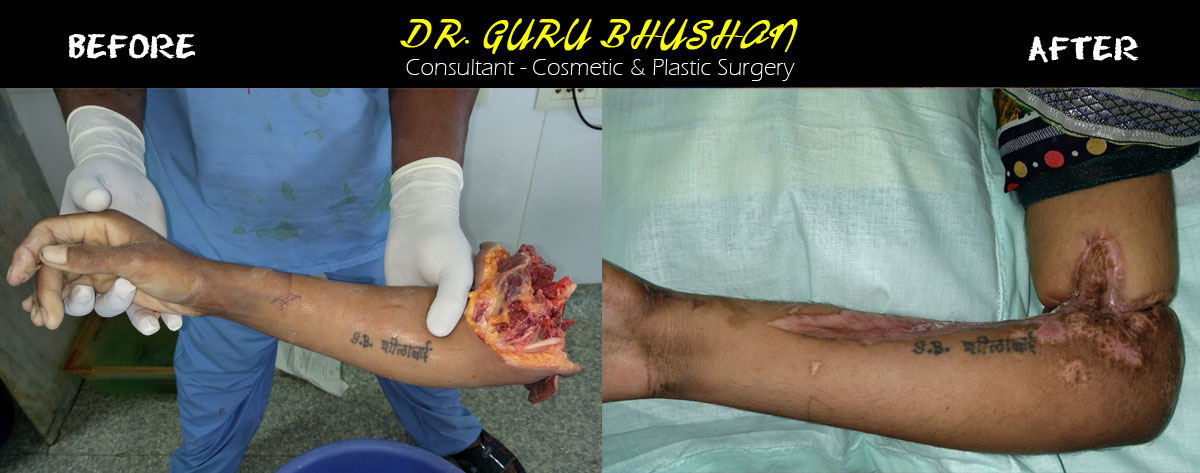Replantation is the surgical reattachment of a leg or arm that has been completely cut from a person’s body. Replantation of a limb continues to be a technically demanding procedure. While an amputation is the sum of a vascular injury, an open fracture, a soft tissue injury, and a nerve injury, reattachment of the individual parts can result in severe morbidity during and after surgery.
To improve the chances of a successful replantation, it is necessary to preserve the amputated part as soon as possible in a cool (close to freezing, but not at or below freezing) and sterile or clean environment. Parts should be wrapped with moistened gauze and placed inside a clean or sterile plastic bag. The bag should then be kept in a container surrounded by ice.
Only after the patient is stabilized by a multidisciplinary trauma team can limb salvage be considered. For efficiency in the operating room, multiple teams after often necessary for a major limb replantation. The major goal is to reestablish limb perfusion and minimize ischemia time. Replantation usually begins with bony fixation followed by arterial repair. Bone shortening is crucial to achieve tension-free repairs of other structures
When replantation surgery is not possible:
- Severe crush injury
- Prolonged time gap between injury and surgery
- Severe contamination
- Medical co-morbidities that can affect anesthesia, healing, therapy or ability to cooperate with care
- Life threatening injuries
In cases where a replant is not possible because the part is too damaged, your surgeon may offer to clean, smooth and cover the wound with local tissues or skin.
Complete healing of the injury and the surgical wounds is only the beginning of a long process of rehabilitation. Physical therapy and temporary bracing are important to the recovery process.
Braces are used from the beginning to protect the newly repaired tendons, and to allow the patient to move the replanted part. Physical therapy exercises are used to prevent the joints from becoming stiff, to keep the muscles moving, and to minimize the formation of scar tissue.
Even after a full recovery, replantation patients may find that they cannot do everything they wish to do or did before the injury and surgery. Tailor-made devices help many patients to do special activities or hobbies. A physician or therapist can provide more information about such devices.
Many replantation patients are able to return to the jobs they held before the injury. When this is not possible, patients can seek assistance in selecting a new type of work.
Before/After Picture(s):
Important: "To Enlarge", please click anywhere on the image and "To Close" the larger view, click outside the image or press the 'Escape' key.


